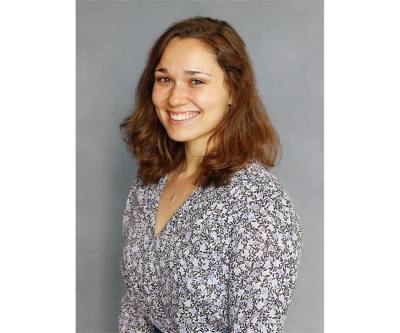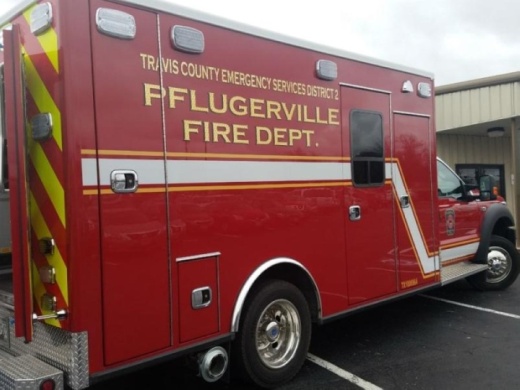The joint work session came as ESD No. 2—which oversees and funds the Pflugerville Fire Department—is projecting a depletion in fund reserves in the coming fiscal years.
The Pflugerville Professional Firefighters Association initiated a petition for the formation of Travis County Emergency Services District No. 17 to support EMS services in northeast Travis County. As of Sept. 29, the petition had garnered more than 3,000 signatures, Pflugerville Professional Firefighters Association President Josh Stubblefield said.
In 2013, Stubblefield said call volume for ESD No. 2 was recorded at 7,000. Now, Stubblefield said, 11,000 calls have been placed in 2020, with the district on track for 12,000 next year.
ESD No. 2 took on emergency medical services—such as advanced life support, transport services and first response services—alongside its fire services in 2017, following a contractual agreement with Austin-Travis County EMS for their ambulances.
Under Austin-Travis County EMS, Stubblefield said, ESD No. 2 only had available ambulances services 44% of the time, leaving residents in need of assistance at the mercy of a "flip of the coin."
"That is awful for citizens," Stubblefield said. "That does not save lives, and that has consequences for people when they call 911."
ESD No. 2 currently oversees five fire stations with a sixth in the works, Pflugerville Fire Department Chief Ron Moellenberg said. The district operates five ambulances, four of which are permanently housed in the city and all of which provide services each day, Moellenberg said.
The primary focus of the Sept. 29 discussion was on emergency medical services, ESD board commissioner April Griffin said. Funding concerns do not apply to fire services, Griffin said; rather, they have to do with ambulance services within the district.
Response times for the district's standard coverage areas are listed as 6.5 minutes for urban areas, 7.5 minutes for suburban regions and 12.5 minutes for rural populations. Metrics for categorizing coverage areas define urban populations as those with 2,000 or more people per square mile; suburban as areas with 1,000 or more people per square mile; and rural as less than 1,000 people per square mile.
In fiscal year 2019-20, ESD No. 2 operated on a $24.3 million budget to oversee a population of 130,000 residents, with its cost per capita listed at $186.94. Comparatively, the Georgetown Fire Department approved a $20.2 million budget in FY 2019-20 to provide coverage for 79,000 residents with a cost per capita of $256.30.
The cause for the ESD's dwindling financial projections, Moellenberg said, is a combination of accelerated population growth and Senate Bill 2, which limited how much a city, county or taxing entity can increase property tax revenue to 3.5% from the previous year before voter approval is required.
“We know we’re an expensive service. But we feel like we’re kind of an essential service," Moellenberg said.
The ESD No. 2 board of commissioners has identified four potential options in addressing their reserve shortfalls.
- Do nothing and continue at current staff levels and stations available until services are not feasible.
- Remove ESD No. 2 ambulance services within portions of the district's service areas, assuming the Austin-Travis County EMS can provide coverage in those regions.
- Seek emergency medical services from other governments.
- Work alongside a potential new ESD, as decided by voters.
Moellenberg disagreed with Marsh's assessment and said the process of divvying up the ESD required substantial legal work.
Council Member Doug Weiss said that based on the number of signatures on the petition, it has enough for inclusion on the May 2021 ballot. The main question left for council to decide, Weiss said, is whether to put this forward to in-city voters.
During a public comment period held prior to the joint discussion, half a dozen residents spoke both for and against the proposed ESD No. 17.
Resident Anthony Nguyen said he supports first responders but is concerned over the recent financial activity and the potential of doubling taxes with the installment of an additional ESD. He criticized the ESD's decision to take over ambulance services from Austin-Travis County EMS in 2017, referring to the decision as a "critical mistake" that resulted in the ESD No. 2 paying more in-house now than when they were contracting out.
Sarah Becker, a Pflugerville resident, said she is not a fan of property tax increases but understands when a proposed increase becomes a necessity. She said that firefighters deserve citizens' support and added that in high-risk situations, such as heart attacks, fires and traumatic injuries, response times become all the more critical.





